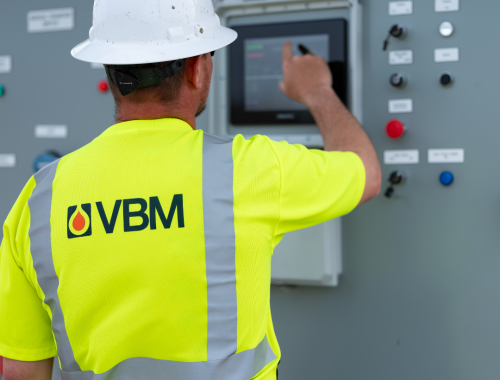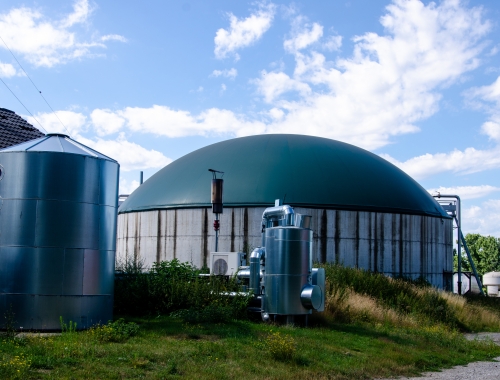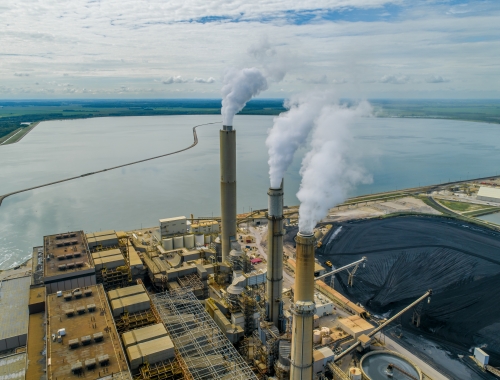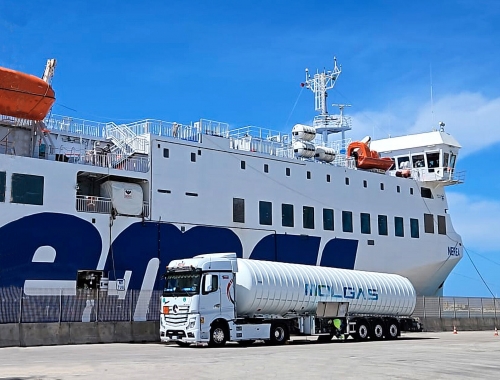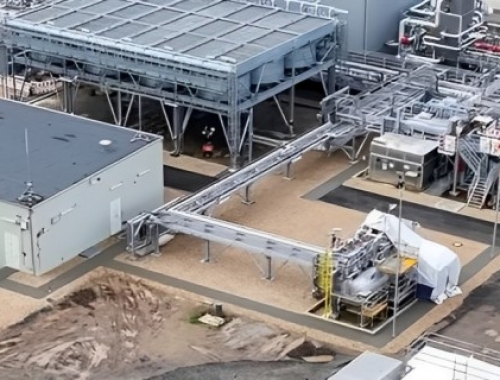US provides funding support for direct air capture studies
SUMMARY
Funding will support FEED studies into co-locating DAC with zero- or low-carbon energy sources.
By Dale LunanThe US Department of Energy (DoE) said April 14 it would provide $14mn in funding to support five front-end engineering and design (FEED) studies aimed at leveraging low- or zero-carbon energy to power direct air capture (DAC) projects combined with dedicated and reliable CO2 storage.
“These studies lay a critical foundation for technology demonstrations that will lead to responsible, effective, and affordable deployment of direct air capture as we seek to address hard to decarbonise sectors in addition to legacy impacts of fossil fuel production and use,” said Dr Jennifer Wilcox, acting director of the DoE’s office of fossil energy and carbon management (FECM). “Resources authorised by the Bipartisan Infrastructure Law will make it possible for us to prove these technologies out at scale and accelerate their deployment while providing good-paying jobs as our nation continues its transition to net-zero greenhouse gas emissions.”
All five studies are aimed at providing a better understanding of costs, performance and business-case options for linking existing DAC technologies to durable storage options that are capable of removing at least 5,000 mt/yr of CO2 from the air. All are co-located with domestic zero- or low-carbon thermal energy sources.
In Illinois, Constellation Energy will use energy from its 2,347 MW Byron light water nuclear reactor and DAC technology developed by Canada’s Carbon Engineering to capture, transport and geologically sequester up to 250,000 mt/yr of CO2. The thermal integration design of the project, which was awarded $2.5mn, includes the use of waste heat from the power plant to increase the overall energy efficiency of Carbon Engineering’s CO2 removal process.
In California, the University of Illinois will receive $2.49mn to complete FEED work on a project to leverage thermal energy from the Brawley geothermal plant in California to support DAC technology developed by Climeworks that uses a selective filter to separate CO2 from ambient air. The project is located close to a proposed geological sequestration site in California’s southern central valley.
The University of Illinois will also receive $3.46mn to lead a FEED study of an advanced direct air capture and utilisation system (DACUS) using CarbonCapture’s DAC technology and CarbonCure’s CO2 conversion technology to convert captured CO2 into concrete products at US Steel’s Gary Works in Indiana.
In Alabama, the Battelle Memorial Institute in Columbus, Ohio will receive $2.499mn to conduct a FEED study to deploy a technically advanced DAC system developed by AirCapture and co-located with low-carbon thermal energy at Southern Company’s Joseph M Farley nuclear power plant in Columbia, Alabama. The project will define system costs, performance and business-case options for leveraging available thermal energy from the nuclear plant to separate CO2 from ambient air for off-site geological sequestration.
And in Washington, AirCapture will use $2.93mn of DoE funding to conduct FEED studies on DAC technologies co-located with low-carbon thermal energy from Nutrien’s fertiliser operations in Kennewick. AirCapture’s advanced DAC system will be coupled with an electrochemical CO2 conversion system to separate CO2 from ambient air and convert it into low-carbon-intensity formic acid using industrial waste heat and renewable electricity.

